What Does Family Therapy Involve?
Family therapy is a type of psychological counseling that helps family members improve communication and resolve conflicts. It is designed to address specific issues affecting the health and functioning of a family. Therapy is conducted by a licensed therapist, clinical social worker, psychologist, or other mental health professionals. Here's a detailed look at what family therapy involves:
Key Components of Family Therapy
1. Initial Assessment
Overview: The therapy process typically begins with an initial assessment where the therapist meets with family members to understand the issues and dynamics within the family. This assessment helps in forming a treatment plan.
Goals:
Identify the specific problems and conflicts within the family.
Understand the family structure, roles, and patterns of interaction.
Establish therapy goals and determine the number of sessions needed.
Sources:
American Association for Marriage and Family Therapy (AAMFT)
2. Developing a Treatment Plan
Overview: Based on the initial assessment, the therapist develops a tailored treatment plan that addresses the family's unique needs and goals. This plan is flexible and may evolve as therapy progresses.
Components:
Specific goals and objectives for therapy.
Techniques and interventions to be used.
Schedule and duration of therapy sessions.
Sources:
Verywell Mind: Family Therapy
3. Therapy Sessions
Structure: Family therapy sessions typically last about 50 minutes to an hour and are conducted weekly or bi-weekly, depending on the family's needs and goals.
Activities:
Open Dialogue: Facilitating open and honest communication among family members.
Role Playing: Acting out scenarios to understand different perspectives and practice new behaviors.
Problem-Solving: Identifying and addressing specific issues and developing strategies to solve them.
Skill Building: Teaching communication, conflict resolution, and coping skills.
Sources:
Psychology Today: Family Therapy
4. Techniques and Interventions
Common Techniques:
Structural Therapy: Focuses on changing the family structure and dynamics.
Strategic Therapy: Involves giving specific tasks or directives to change problematic behaviors.
Systemic Therapy: Examines the family's interactions and relationships as a system.
Narrative Therapy: Encourages family members to share their stories and reframe their perspectives.
Specific Interventions:
Genograms: Creating a visual representation of family relationships and history to identify patterns.
Cognitive-Behavioral Techniques: Addressing and modifying dysfunctional thought patterns and behaviors.
Mindfulness and Relaxation Techniques: Teaching methods to reduce stress and improve emotional regulation.
Sources:
GoodTherapy: Family Therapy
5. Progress Evaluation and Adaptation
Monitoring Progress: Regular evaluations are conducted to assess the family's progress towards their therapy goals. The therapist may adjust the treatment plan based on these evaluations.
Feedback: Therapists provide feedback to family members on their progress and areas that need further work. Family members are encouraged to provide their own feedback on the therapy process.
Sources:
Conclusion: Collaborative and Dynamic Process
Family therapy is a collaborative process that involves the active participation of all family members. It aims to improve communication, resolve conflicts, and strengthen family relationships. By addressing specific issues and fostering a supportive environment, family therapy can lead to healthier and more harmonious family dynamics.
If you’re interested in exploring family therapy and seeing how it can benefit your family, please contact us at Moriel Mental Health to book an appointment. We work all throughout California and are here to support you on your journey towards healthier and happier family relationships. At MMH, we are committed to providing the care and guidance you need.

